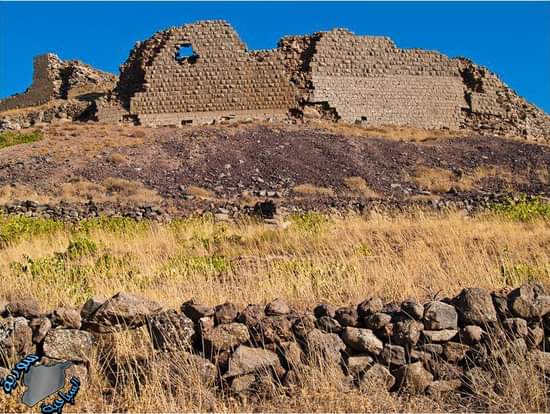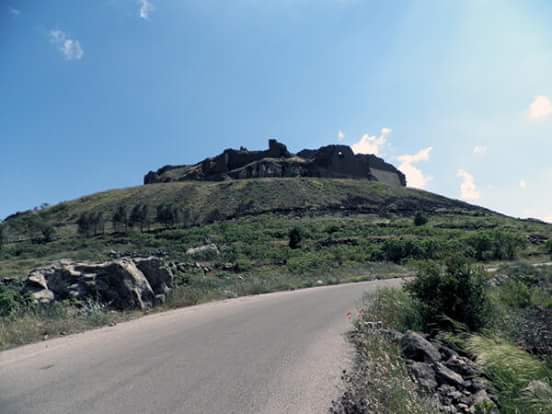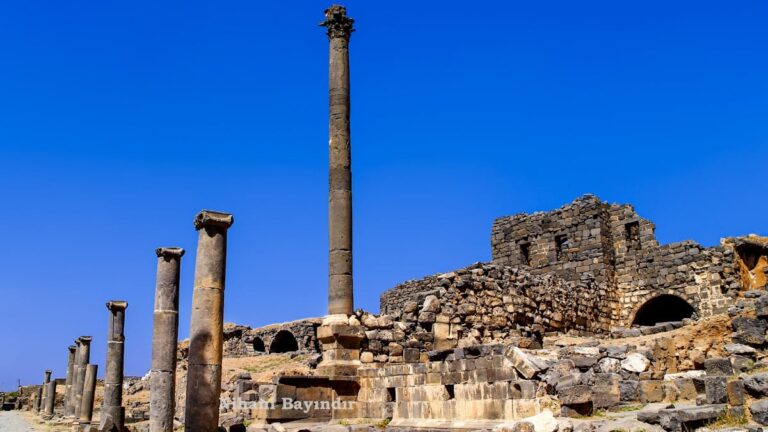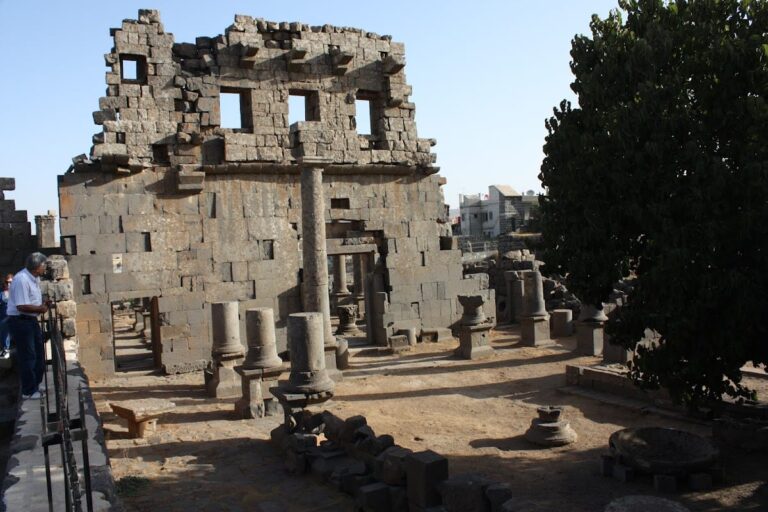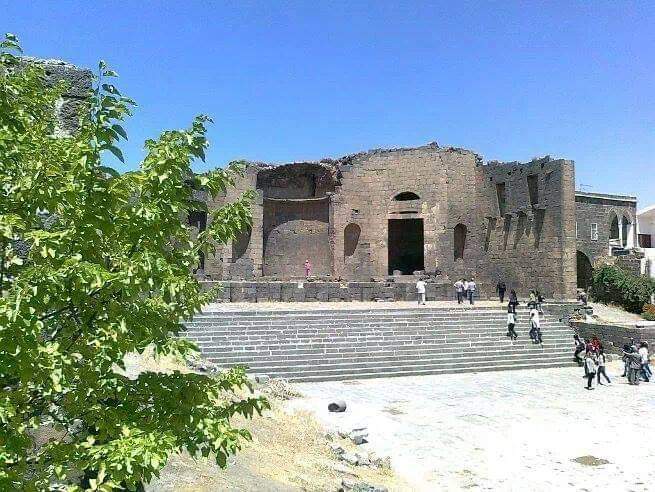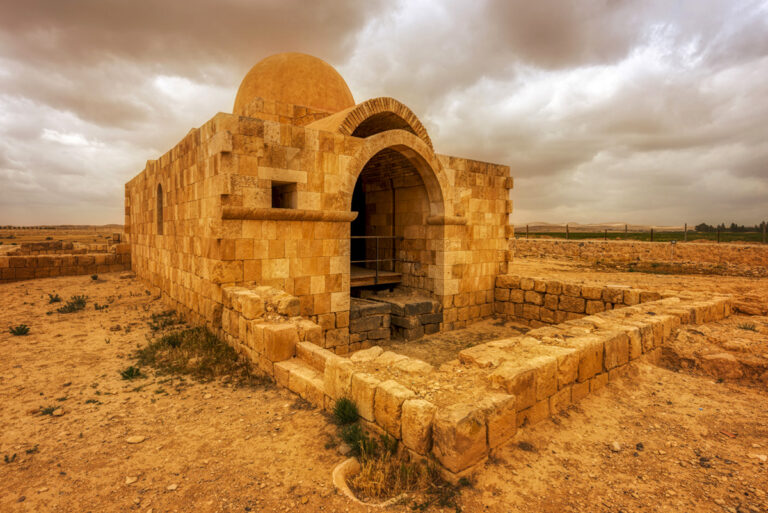Château de Salkhad: A Historic Fortress in Syria
Visitor Information
Google Rating: 4.5
Popularity: Very Low
Google Maps: View on Google Maps
Country: Syria
Civilization: Unclassified
Remains: Military
History
Château de Salkhad is a fortress located in the municipality of Salkhad in modern-day Syria. The castle was built during the Fatimid period, reportedly under the reign of the ruler Al-Mustansir around 1054 CE.
The fortress first came under Fatimid construction and control before passing into the hands of the Seljuk leader Tutush between 1078 and 1095 CE. His descendants, including Falus and Takin, maintained authority over the site in the following years. By the late 11th and early 12th centuries, the Atabegs, under the leadership of Fakhr al-Din Kamshikin, governed the fortress until the mid-12th century. From 1146 CE onward, the Mamluks assumed control of the stronghold.
During the 12th century, Château de Salkhad was held by Mu’in al-Din Unur, the ruler of Damascus, who handed the fortress over to the emir Qutb al-Din Buhtakin. Following the Battle of Hattin in 1187 CE, Saladin secured Salkhad as part of his expanding realm. Later significant figures included Zayn al-Din Qaraja al-Salihi, who undertook extensive repairs in 1204 CE, and Nasir al-Din Ya’qub who contributed further to its upkeep a few years later. Notably, inscriptions linked to Izz al-Din Aybak, dating from the early 13th century, appear within the castle’s mosque.
The Mamluk sultan Baybars played a key role in protecting the fortress after driving back Mongol advances. He restored several buildings and renewed the mosque. Control of Château de Salkhad was entrusted to Balban al-Afram around 1270 CE, and subsequently Sultan Qalawun appointed Sayf al-Din Basiti as its overseer. Over time, the fortress served as a residence for regional leaders, military commanders, and scholars, evidencing its strategic and administrative importance in southern Syria. The site also witnessed numerous historical developments throughout the medieval period.
Remains
Château de Salkhad is built on a high basaltic hill, its elevated position providing commanding views over the surrounding towns, the Jabal al-Arab hills, and the Hauran plateau. The fortress’s layout extends across three distinct levels, combining residential areas, administrative buildings, and a mosque within its walls. Its construction mainly features robust local basalt stone, lending strength suitable for defense against assaults.
Two surrounding walls enclose the complex, one forming an almost circular shape that significantly enhances protection. These fortifications underscore the military emphasis of the site while the presence of various watchtowers and observation posts indicates its integration into a regional network of surveillance positions. Such installations allowed for early warning and communication across nearby settlements.
Internally, the castle’s design includes multiple large halls and a series of connecting corridors. Underground passageways and tunnels run beneath the fortress, possibly serving secretive or strategic purposes, while dungeons hint at its function as a place of custody. The mosque within the fortress is notable both architecturally and historically, containing inscriptions that mention Izz al-Din Aybak and which reflect phases of restoration carried out during the Mamluk era. The mosque was also renovated by Sultan Baybars following his victory over the Mongols.
Today, substantial parts of these buildings and fortifications remain visible, representing layers of construction and renewal over centuries. The surviving structures demonstrate both the fortress’s defensive capabilities and its role as a center of governance and worship within the region.
